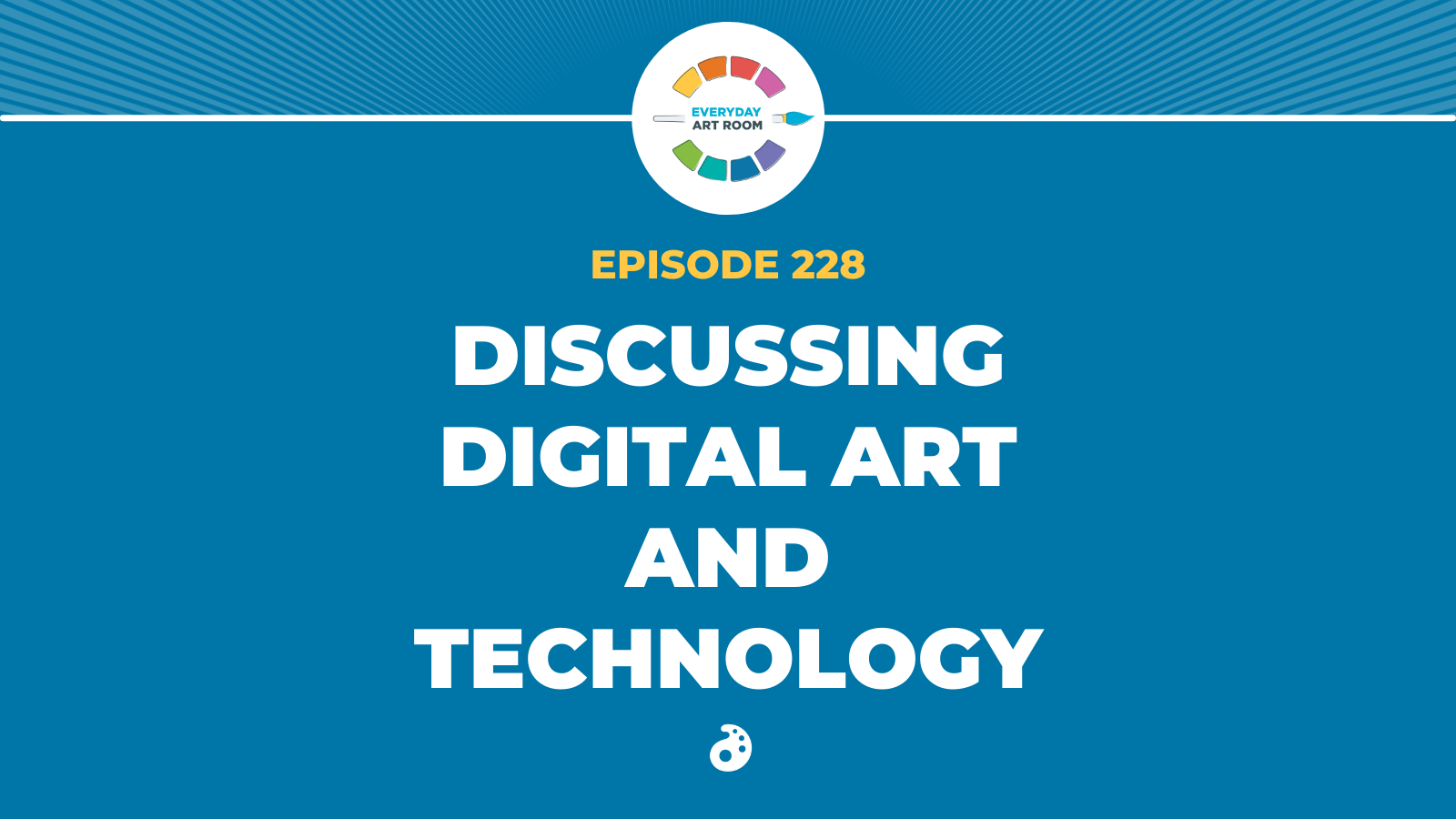Related
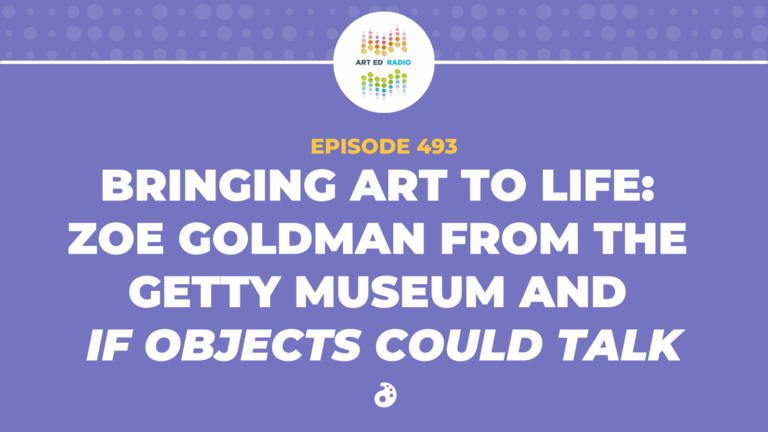
Podcast
Bringing Art to Life: Zoe Goldman from the Getty Museum and If Objects Could Talk (Ep. 493)
How do you make ancient art exciting for kids? In this episode of Art Ed Radio, Zoe Goldman, podcast producer...
Learn More
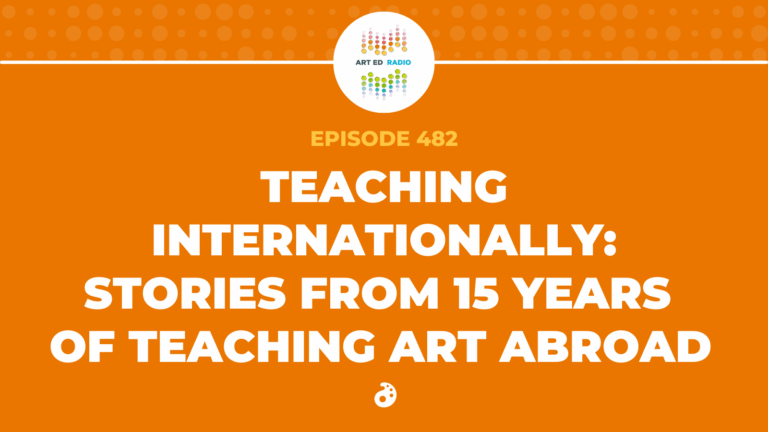
Podcast
Teaching Internationally: Stories from 15 Years of Teaching Art Around the World (Ep. 482)
What does it take to build a teaching career across countries, cultures, and continents? Art teacher Lindsey Bailey joins Tim...
Learn More
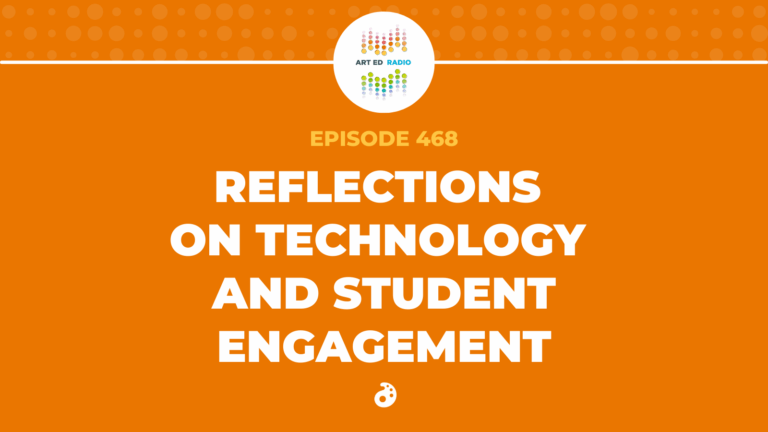
Podcast
Reflections on Technology and Student Engagement (Ep. 468)
Today, Tim is joined by Jen Leban for a discussion centered around technology, focus, and the changing dynamics of student...
Learn More
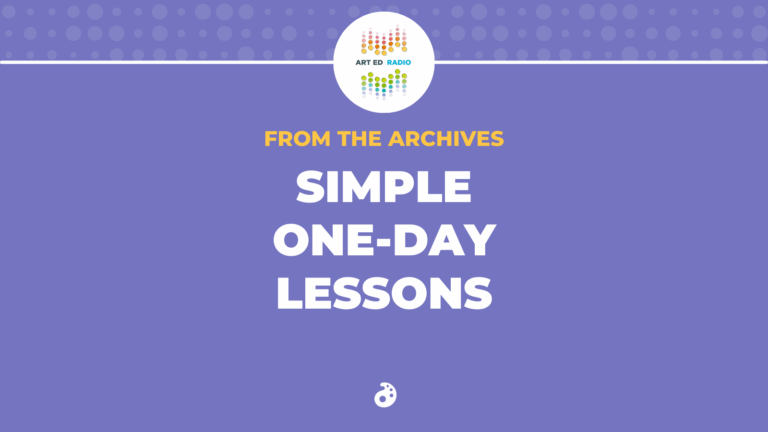
Podcast
From the Archives: Simple One-Day Lessons
When Tim and Amanda put out the call for mailbag questions last week, an overwhelming majority were about simple lessons...
Learn More

